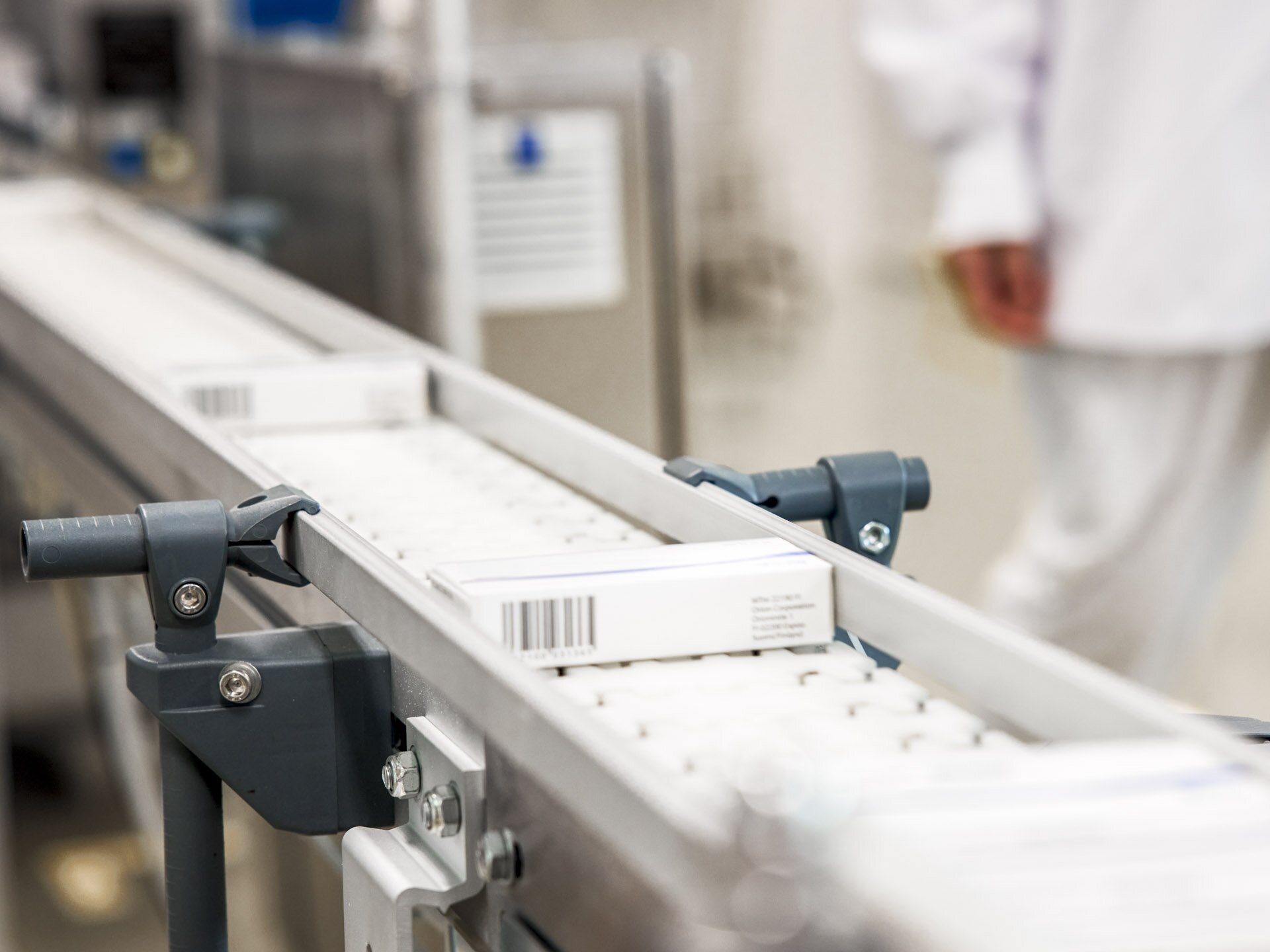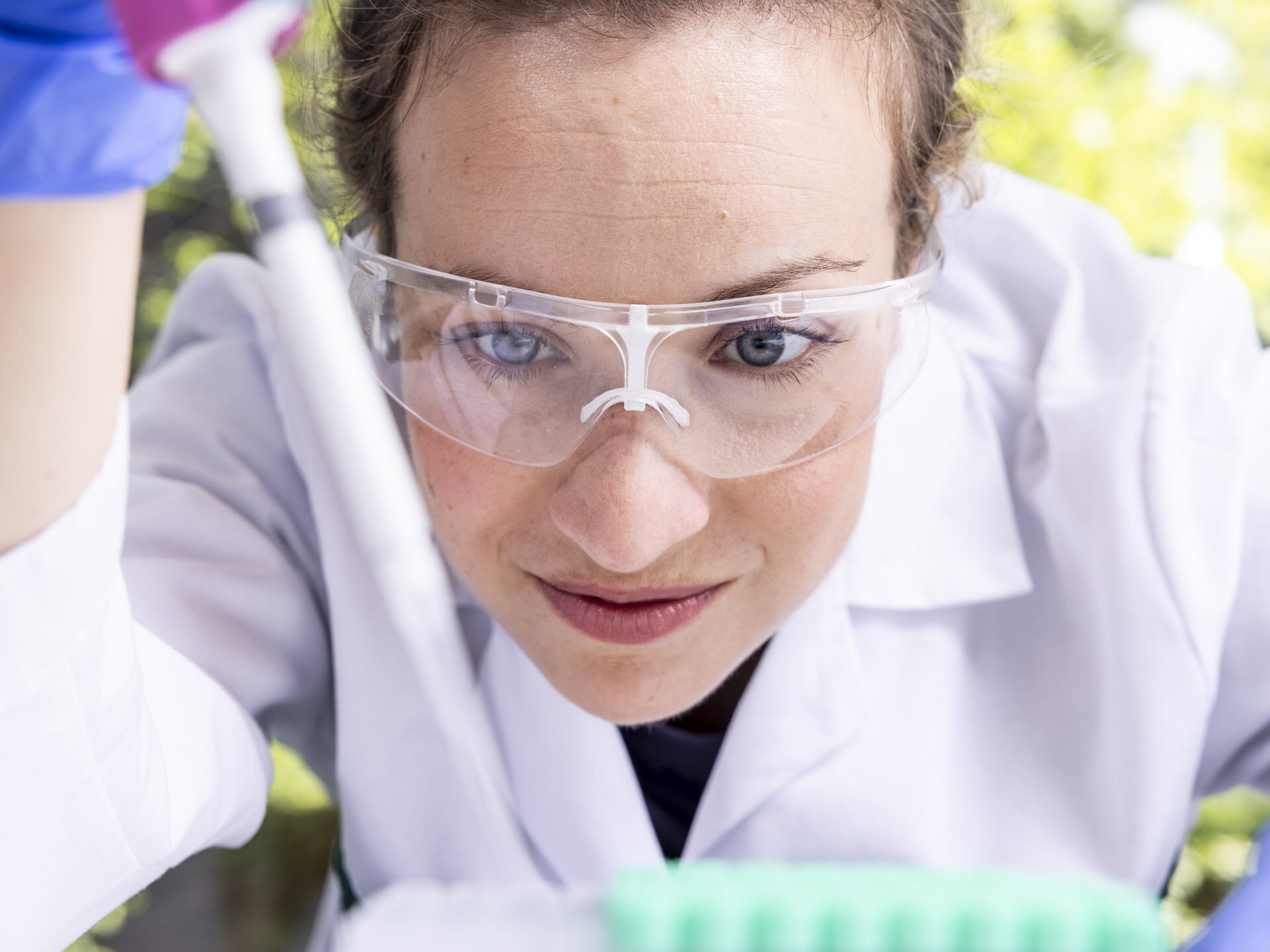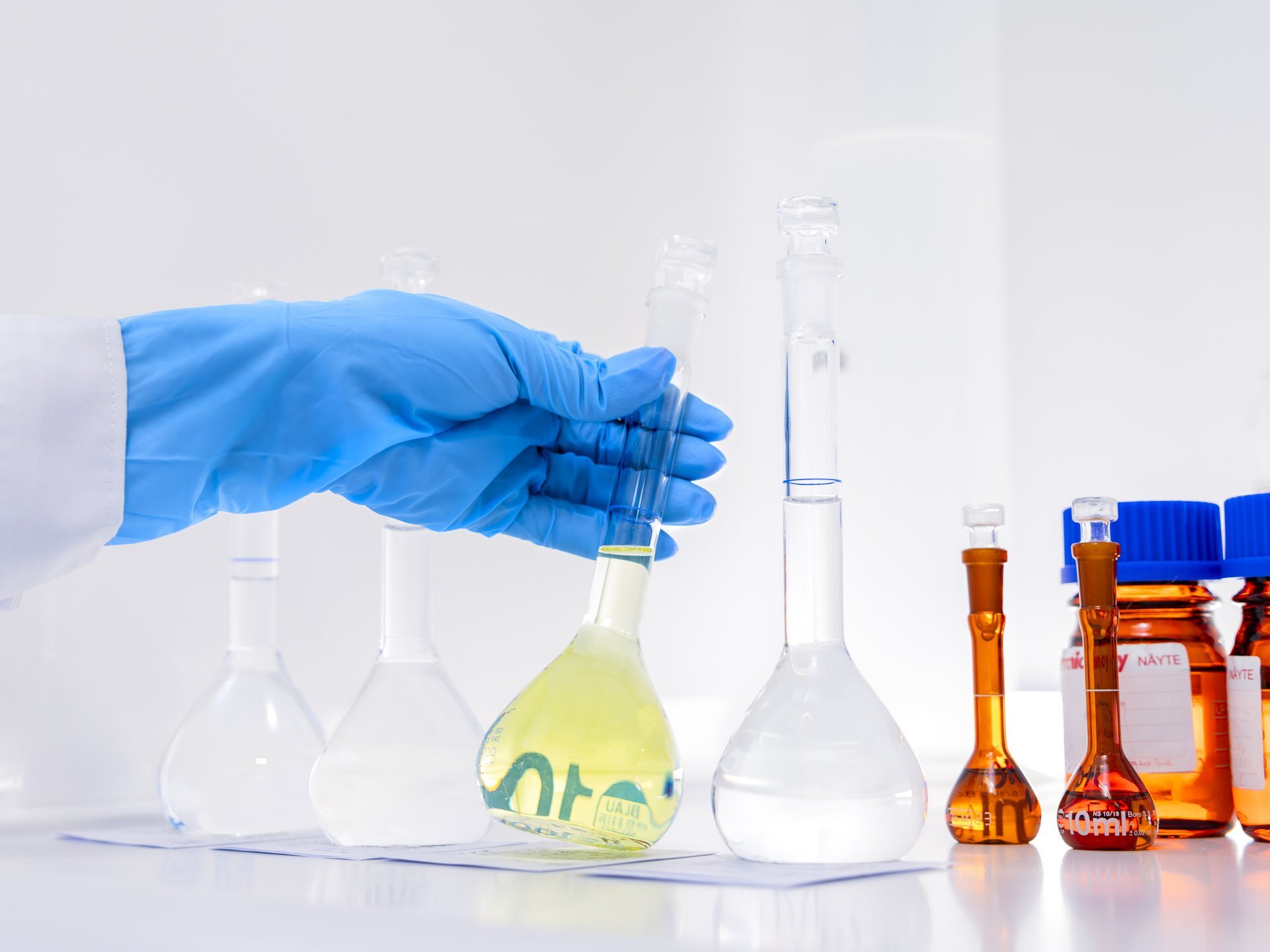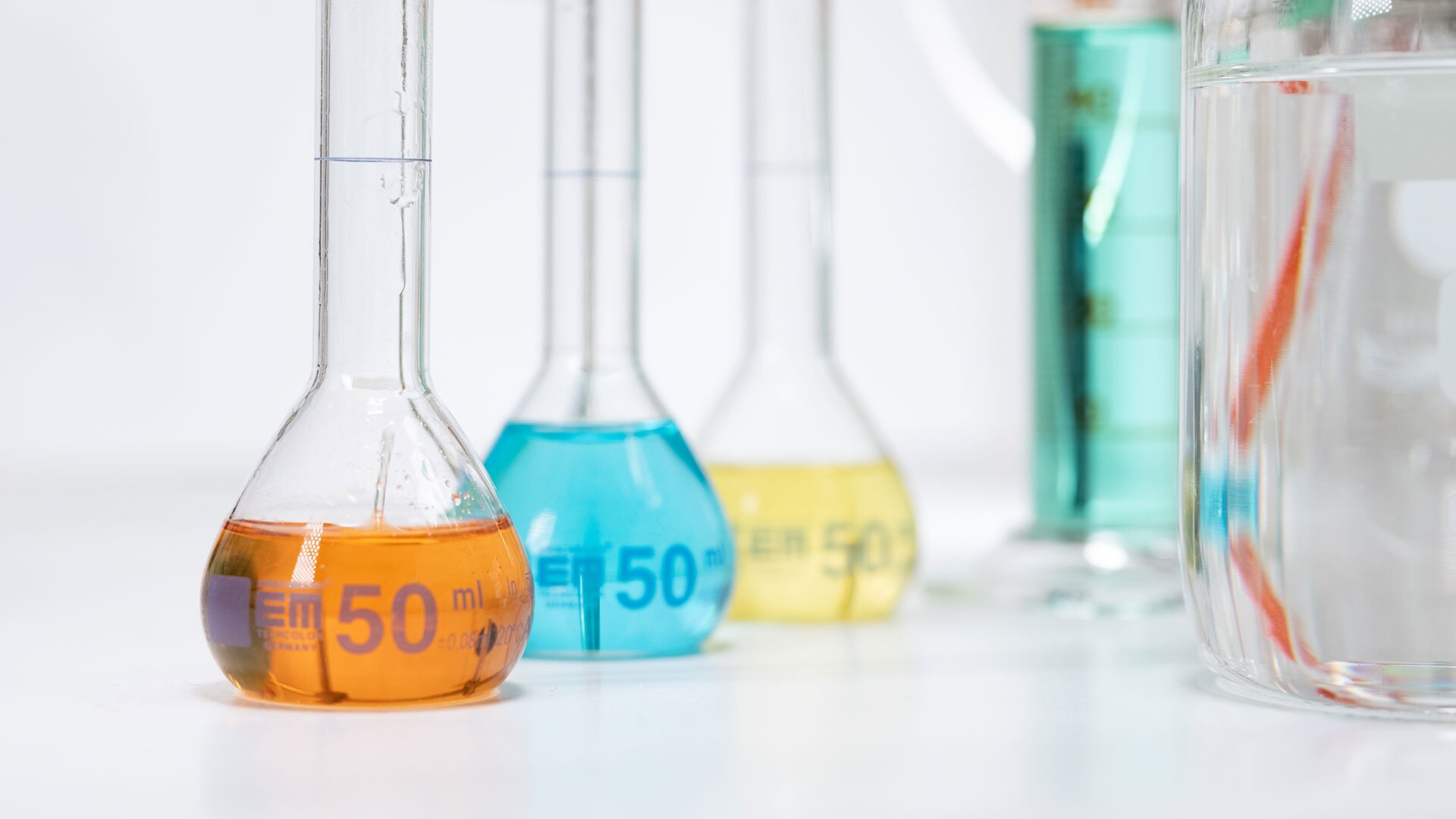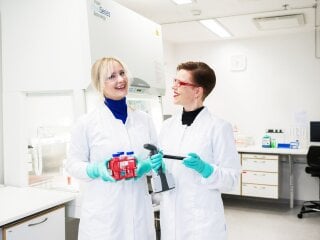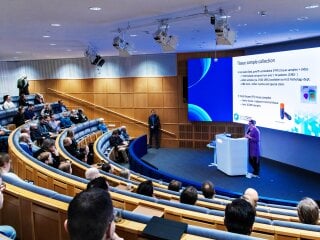Antti Poso attended his first university lectures in 1985. Back then, Reino Laatikainen, Professor of Chemistry at the University of Kuopio, told his students – including Poso – that it was possible to use a computer to calculate how a particular molecule behaves.
“I was used to using a computer to play Pac-Man and I wondered why computers were not being used more to calculate important things.”
Poso, who has a Master’s degree and a Ph.D. in Pharmacy, is Professor of Drug Design at the University of Eastern Finland and, as a visiting professor at Orion, he studies methods for using AI to find new drugs to treat cancer and pain. In other words, he now uses a computer to calculate precisely those important things.
“For me, AI is a new technology among many others, but it has greater significance than many of the technologies that came before,” says Poso.
Searching for the right molecule from among billions
“It is clear that AI will change a lot about how drugs are developed in the future,” Poso says.
However, nothing especially revolutionary has been achieved with AI in medicine – yet. But the situation may be different in the near future.
A wide range of professionals and experts are needed in drug development. People are needed to design and manufacture an API, measure its properties, analyse experimental results and try to understand them. The steps in this process are repeated several times, depending on the results obtained at each stage.
Poso’s role in the development work is specifically in computational chemistry. He doesn’t bustle about in a lab with jars and test tubes. Instead, he spends most of his time sitting at his computer.
“I use theoretical methods to calculate the behaviour of molecules and biological systems,” says Poso.
Computational chemistry is needed in the early phases of drug development to calculate which molecules – the active ingredients of a drug – are relevant for the development work of a particular API. There can be billions of potential molecules to start with. From this large group, calculations are used to select those that will be tested in the laboratory. Hundreds of molecules may end up being tested.
The laboratory test results are analysed, and then a large number of molecules are synthesised and tested. The results are then examined on a computer. The same cycle is repeated several times until the most suitable molecule for the API is found. Next, the molecule is tested to ensure that it is safe to test on patients in clinical trials. Poso’s role in the process is then over.
AI increases the efficiency of drug development
“The aim of drug development methods that use AI is to speed up the process of finding the molecules needed for development and to ensure that the quality of the molecules is better than before,” says Heikki Käsnänen, who is responsible for computational research in API design at Orion.
Käsnänen and Poso work together: Poso works as a researcher at Orion funded by the Finnish Research Impact Foundation while Käsnänen is Head of Molecular Prospecting and Modelling at Orion.
“The goal is to significantly reduce the number of molecules that need to be tested in a laboratory, as we are able to use AI to predict several parameters relevant to development simultaneously and more accurately. As the predictions become more accurate, the multi-phase drug development process will take up less time and other resources,” says Käsnänen.
He points out that it is not possible to develop drugs with AI or computational methods alone, at least at the moment.
“AI is not actually capable of inventing anything new, but it is very good at taking into consideration what we already know,” Poso says.
He has a concrete example: A human can easily interpret a table with five rows and five columns. But when you have 500 rows and 500 columns, it is much more difficult.
“AI can handle millions of rows and columns, which means it boosts the efficiency of processes,” says Poso.
Supercomputers in Kajaani
Finland offers excellent opportunities for computational drug development based on AI, as Kajaani has three supercomputers that are among the most powerful in the world.
“There is more computational research power in Kajaani than anywhere else in Europe. We can do things that many others can only dream about,” says Poso.
He is not worried about AI taking his job.

“In the future AI will not be designing the molecules needed while I just sit on the terrace of my summer cottage pressing keys on a computer.”
The work is not going to disappear, but the content of the work is likely to change, Poso points out. Many of the tasks in drug development that have been done by humans in the past can be automated with AI.
“I no longer need to read 148 articles in order to understand something. I can ask AI to generate a synopsis of these articles and read that instead.”
Critical attitude and moral responsibility are important
Outputs produced by AI should always be viewed critically, Poso points out. If something seems suspicious in, say, a synopsis generated by AI, Poso will go back to a couple of the original articles to confirm any suspicions.
AI is a good servant, but a bad master, he says. AI is not able to solve everything – not now and not in the future.
“If someone claims this is possible, I always tell them to think about the lottery. Drawing lottery numbers with balls is a very simple thing, but AI is unable to predict next week's winning lottery numbers. The lottery ball effect is always a consideration when I am working with AI,” says Poso.
He also points out that researchers using AI as a tool must not forget their moral responsibility.
“AI makes it easier than ever to do good or evil. That’s why it’s important for researchers to think about who they are working for. Are you developing a cancer drug or a neurotoxin?”
Tandem Industry Academia Professor position funded by the Finnish Research Impact Foundation
- The Finnish Research Impact Foundation’s new Tandem Industry Academia Professor (TIA) funding offers top researchers the opportunity to conduct research with a business partner.
- The TIA Professor spends the equivalent of one year in premises provided by the company over the funding period. The funding can be spread over a maximum period of three years.
- The aim of the funding is to support collaboration between industry and research organisations and to provide professors with first-hand knowledge of research problems relevant to industry.
- Nine professors have been awarded funding so far. Three professors are working with TIA funding in 2024.
